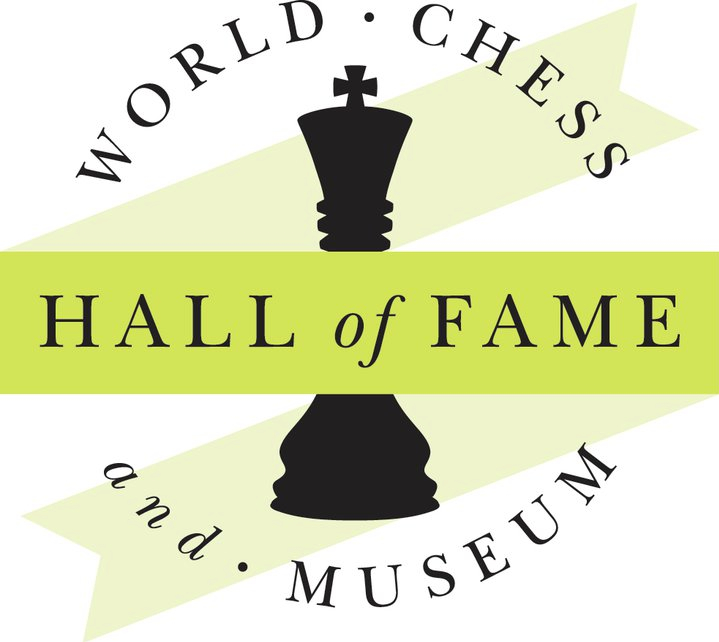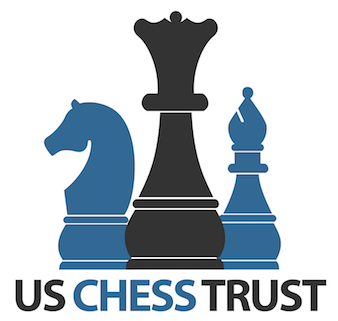World Chess Hall of Fame: Grand Opening!


World Chess Hall of Fame
4652 Maryland Avenue St. Louis, Missouri 63108
email info@worldchesshof.org
tel 314-367-WCHF (9243)
The World Chess Hall of Fame has moved from Miami, FL to Saint Louis, MO. The Grand Opening for the public is Sept. 9, 2011 at 10am.
VIP Opening scheduled for Sept. 8, 2011 from 6 pm – 8:30 pm (By invitation only).
The World Chess Hall of Fame is a nonprofit, collecting institution committed to building awareness for the cultural and artistic significance of chess. It is the only solely chess-focused collecting institution in the United States.
The Hall of Fame will feature displays of artifacts from the permanent collection, and temporary exhibitions highlighting the great players, historic games, and rich cultural history of chess. In addition, it will commemorate the careers of its inductees and other important contributors to the history of chess.
Saint Louis has truly become a ‘hub’ in the U.S. for chess and this opening is proof! The Hall of Fame will appeal to more than just chess enthusiasts. Our displays will feature diverse items of historical and artistic significance and help visitors understand the game of chess itself, as well as how it has impacted our culture.
Join us for exhibits including:
Out of the Box: Artists Play Chess explores artworks that consider chess both at the formal level and at the level of actual play. These examples, which comprise a wide breadth of media, integrate chess into their pieces and incorporate elements of play or strategy that involve the viewer.
Number Twelve: Chess Piano Concert in Three Movements will be performed for only the second time in the U.S. on Sept. 13, 2011. Rather than playing on a traditional chessboard, Dutch artist Guido van der Werve will perform on a sophisticated, one-of-a-kind instrument built by the artist; this chess piano sounds a note as each chess piece is played. They will be accompanied by nine string musicians from the Saint Louis Symphony who will play van der Werve’s original score.
Chess Masterpieces: Extraordinary Chess Sets from the Dr. George and Vivian Dean Collection will use chess sets of diverse materials and outstanding craftsmanship to trace the evolution of chess and chess set design from 900 AD in India and Persia through Europe and Asia to the beginning of the 20th Century.
About the World Chess Hall of Fame and Museum
Originally known as the U.S. Chess Hall of Fame, the museum opened in 1988 in the basement of the Federation’s then headquarters in New Windsor, New York, with an exhibition featuring a book of chess openings signed by Bobby Fischer, the Paul Morphy silver set, and cardboard plaques honoring past grandmasters. In 1992, the U.S. Chess Trust purchased the museum and moved its contents to Washington D.C. From 1992 to 2001, the collection grew to include the World Chess Championship trophy won by the U.S. team in 1993, numerous chess sets and boards, and the U.S. and World Hall of Fame inductee plaques.
In 2001, the institution moved into a new, multi-million dollar facility at the Excalibur Electronics headquarters in Miami, Florida and was renamed the World Chess Hall of Fame and Sidney Samole Museum. As General Manager of Fidelity Electronics, Samole conceived of the first chess computer, Chess Challenger 1, in 1977, and the new museum’s name was a tribute to his pioneering work at the intersection of chess and modern technology. Under the leadership of Executive Director Al Lawrence, the museum continued collecting chess sets, books, tournament memorabilia, advertisements, photographs, furniture, medals, trophies, and journals until it closed in 2009.
Due to the vibrancy of Saint Louis and the growing international reputation of the Chess Club and Scholastic Center of Saint Louis, it was then proposed that the contents of the Miami institution be moved to Saint Louis. Realizing the potential to provide area youth with a vital educational resource, Jeanne and Rex Sinquefield provided seed funding to relocate the institution to Saint Louis. U.S. Chess Trust President Jim Eade, Mr. Sinquefield, and other staff and board members from both the Trust and the USCF approved the move in August 2010.
The World Chess Hall of Fame opened on September 9, 2011 in Saint Louis in the Central West End, a bustling neighborhood located directly across the street from the Chess Club and Scholastic Center of Saint Louis. The World Chess Hall of Fame is housed in a historic 15,900 square-foot residence-turned-business and features the U.S. and World Chess Halls of Fame, displays of artifacts from the permanent collection, and temporary exhibitions highlighting the great players, historic games, and rich cultural history of chess. The WCHOF partners with the Chess Club and Scholastic Center to provide innovative programming and outreach to local, national, and international audiences.

